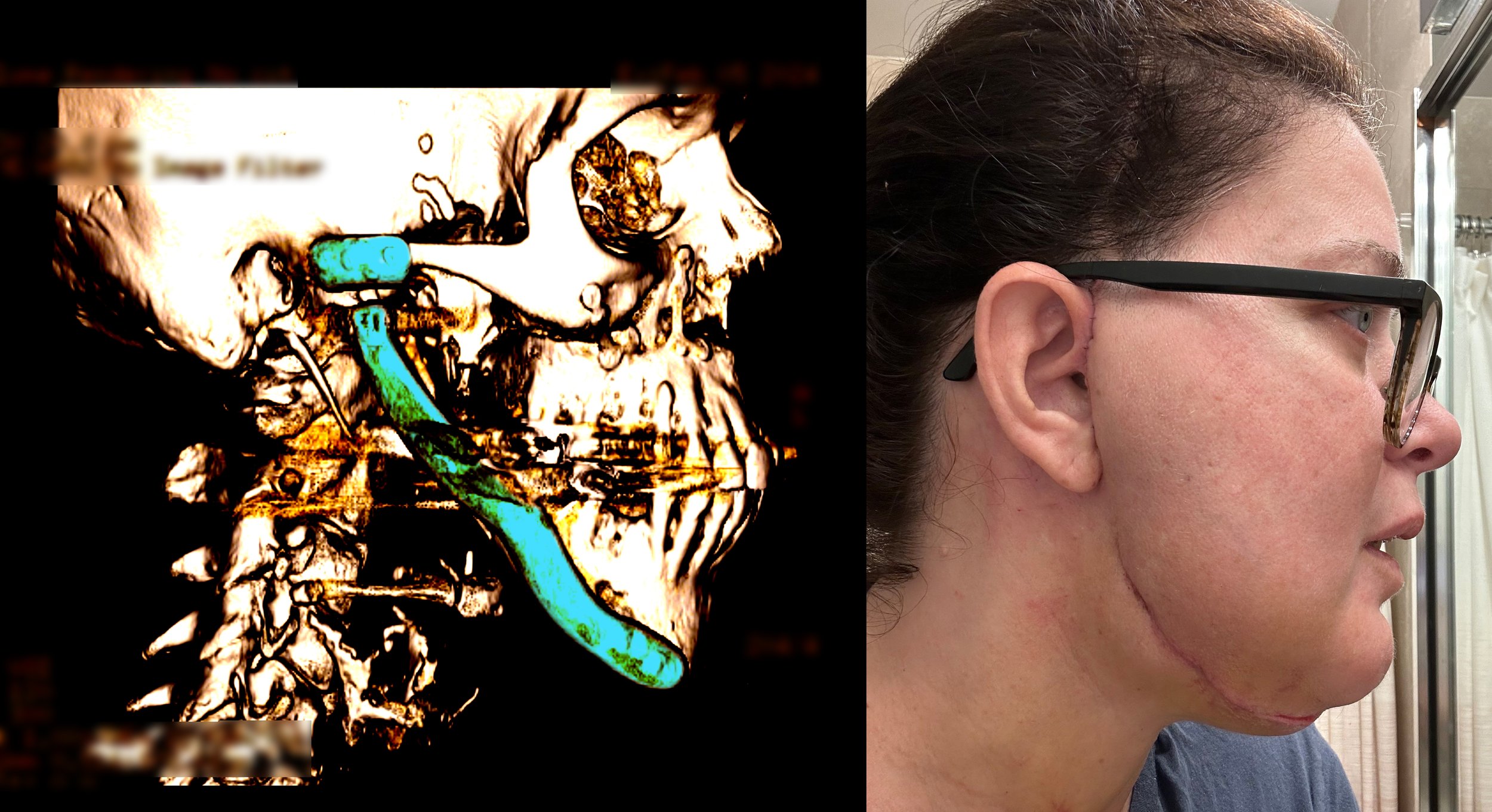Pain Patients Challenge DEA’s ‘Bogus Judicial System’
/By Pat Anson, PNN Editor
Patients of a California doctor whose license to prescribe opioids and other controlled substances was suspended by the DEA have launched another long shot legal bid to get his license reinstated.
DEA administrator Anne Milgram suspended the license of Dr. David Bockoff in 2022, largely based on allegations that five of his pain patients were receiving dangerously high doses of opioids. Bockoff’s abrupt suspension left 240 patients – including many who suffer from severe and incurable pain conditions -- scrambling to find new providers and pain medication.
At least three of those patients have since died, including one who committed suicide with his wife and another who died after buying opioid medication in Mexico.
“Every time you take away a doctor's license without giving them any opportunity to fight it, you put a patient on the street who's a chronic pain patient and they've just been abandoned. No explanation or anything,” says attorney John Flannery. “And the government doesn't give a damn. They don't care at all.”
Flannery represents nine Bockoff patients who have tried repeatedly to gain legal standing as interested parties in the DEA case against the Beverly Hills doctor. Their efforts so far have failed. An Administrative Law Judge would not let them attend DEA hearings on the case, and a federal judge refused to grant a temporary restraining order that would have restored Bockoff’s license while he appeals his suspension.
Recently, a three-judge panel on the District of Columbia’s U.S. Court of Appeals declined to intervene in the case, saying the patients provided the court with “no credible factual submissions” that document how they were harmed by Bockoff’s suspension. The judges’ order makes no mention of the patients who died.
‘We Were Entirely Hamstrung’
Part of the problem is the closed administrative system that the DEA uses to discipline doctors, in which the agency essentially serves as the prosecutor, judge and executioner. Flannery calls it a “bogus judicial system” that the DEA created for itself. Even the rulings of a supposedly independent Administrative Law Judge (ALJ) can be rejected by the DEA Administrator.
“There is much talk about how the government is ‘open’ and transparent, but DEA’s proceedings are entirely opaque to patients and the public,” Flannery wrote in his latest appeal, in which he asks the full DC Court of Appeals for an en banc review of the case.
“We were entirely hamstrung to proceed to seek review in any DEA proceedings as we had no right to review any pleadings, to attend any hearings, to monitor the proceedings, to review any of the ‘evidence,’ to hear the arguments, and the only decision made available to us by the ALJ related to the (unsuccessful) motion to intervene.”
Flannery says federal law allows any “interested persons” or “person aggrieved” by the DEA to have a legal standing in its administrative hearings. If the Appeals Court accepts that argument, it would set a major precedent that would affect all future DEA cases against doctors by giving their patients a seat at the table.
Flannery says the DEA’s disciplinary actions against Bockoff and other doctors interfere with the practice of medicine.
“I hate to say it’s a witch hunt, but I think we found a witch and the witch is the present DEA administrator,” Flannery told PNN. “She's part of a machine that just keeps chugging along, hurting and hurting and hurting. How does one go into government to do that? Who do they think they're saving? They found five patients that they claim were harmed, and so the other 235 patients, they have no idea about them, and they just cut them off. How do you justify that?”
Flannery’s appeal also cites the DEA’s “flimsy evidence” against Bockoff, most notably the agency’s expert witness, Dr. Timothy Munzing, a family practice physician who has launched a lucrative second career for himself as a government witness against doctors accused of overprescribing opioids. Munzing has made over $3.4 million testifying for the federal government in dozens of cases against doctors. In an Ohio case, a judge declared a mistrial after Munzing contradicted himself during testimony.
“The DEA’s expert, Dr. Timothy Munzing, was, by any fair review, ‘damaged goods’ by DEA’s overuse of his ‘skills,’” Flannery wrote. “On information and belief, this impeachment material involving Dr. Munzing, the DEA’s sole expert witness, was withheld from Dr. Bockoff in the DEA Administrative proceeding.”
A protracted legal challenge of this kind is expensive and a GoFundMe campaign has been created by the nine Bockoff patients to help support it. Over $10,000 has been raised so far.
“Please know that we'll be working as hard as we can to keep this fundraiser and our effort going,” said Kristen Ogden, the wife of one of the patients. “Our donors are helping so much in this effort to make a difference for chronic pain patients and doctors. As John (Flannery) says, we are doing something that hasn't been done before... seeking to intervene so that patients can have a voice.”













